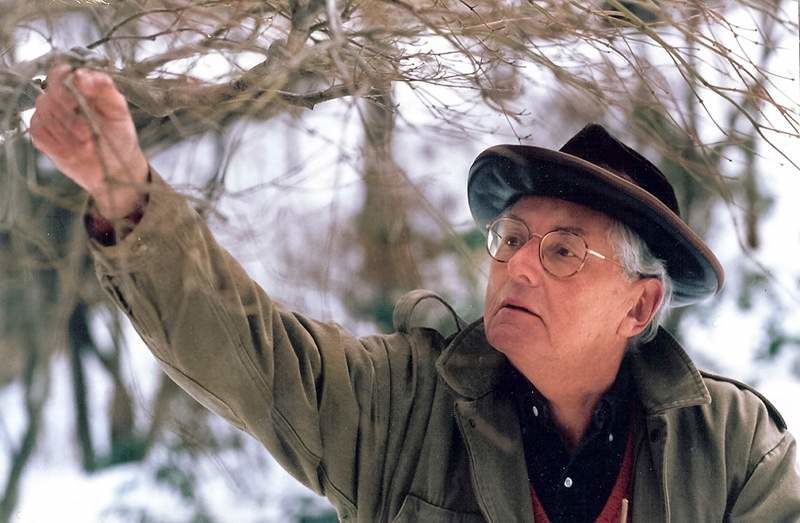Theodore Nierenberg, a visionary, founded Dansk tableware company
Published 5:00 am Wednesday, August 5, 2009

- Theodore Nierenberg was the founder and president of Dansk International Designs. Nierenberg, whose company was known for its sleek flatware, cookware and dinnerware, died Friday at his home in Armonk, N.Y. He was 86.
Theodore Nierenberg, who founded Dansk International Designs in New York to manufacture modern Scandinavian tableware and cookware that became popular among postwar American families ready to embrace a new casualness at the dinner table, has died. He was 86.
Nierenberg died Friday of pancreatic cancer at his home in Armonk, N.Y., said a son, Al.
Trained as an engineer, Nierenberg was visiting a Copenhagen museum in 1954 when he spotted hand-forged stainless-steel flatware with teak handles, then an unusual combination. He tracked down its Danish designer, Jens Quistgaard, on a farm and convinced him it could be mass-produced.
In their garage on Long Island in New York, Nierenberg and his wife, Martha, founded the company that same year. They mainly employed Scandinavian designers and attached the artists names to their works.
Nierenberg was providing unbelievable design for everyday use, said Pam Massenburg, vice president of Dansk, which Nierenberg sold to the Lenox Corp. in the 1980s. He was quite the visionary. … He recognized the casualization of America that was starting to happen.
The clean, contemporary lines favored by Dansk came to epitomize overall Scandinavian design. Founding designer Quistgaard, who stayed with the company until the mid-1980s, was especially known for salad bowls of exotic woods and for Fjord, the flatware pattern based on his museum pieces. Quistgaard died last year at 88.
Design integrity was important from the start at Dansk, said Lester Gribetz, the president of Lenox. He was vice chairman of Bloomingdales when the department store became one of Dansks early clients.
He was very focused and did not compromise his standards, Gribetz said. It was always interesting talking to him. He talked design, not sales. He was a purist. It was all about the beauty and clarity of the design.
Theodore David Nierenberg was born May 20, 1923, in New York City to Albert and Rose Nierenberg. He was known as Ted.
During World War II, Nierenberg served as a pilot in the Army Air Forces. In 1944, he earned a bachelors degree in engineering management from what is now Carnegie Mellon University.
With a brother, he ran the familys metal-fabrication business but started traveling the world, looking to do something he could be proud of and enjoy, said Paul Thonis, director of design at Dansk who worked with Nierenberg in the 1980s.
The entrepreneur eventually made it to 75 countries, he recalled in a 2005 interview.
In the late 1950s, he bought woodland and lake property in Armonk, N.Y., and built a contemporary house. Nierenberg also spent decades crafting a pastoral landscape around the water.
By the 1980s, he transformed himself into a photographer with his garden as his main subject. He took about 75,000 pictures a year for five years, Nierenberg once said.
A selection of the photographs was published in his 1993 book, The Beckoning Path: Lessons of a Lifelong Garden.
One of the things he taught me was, Dont think small, Thonis said. It was not unlike him to say, I just saw this great vase in Singapore that I want you to see. And he meant go, right now.






